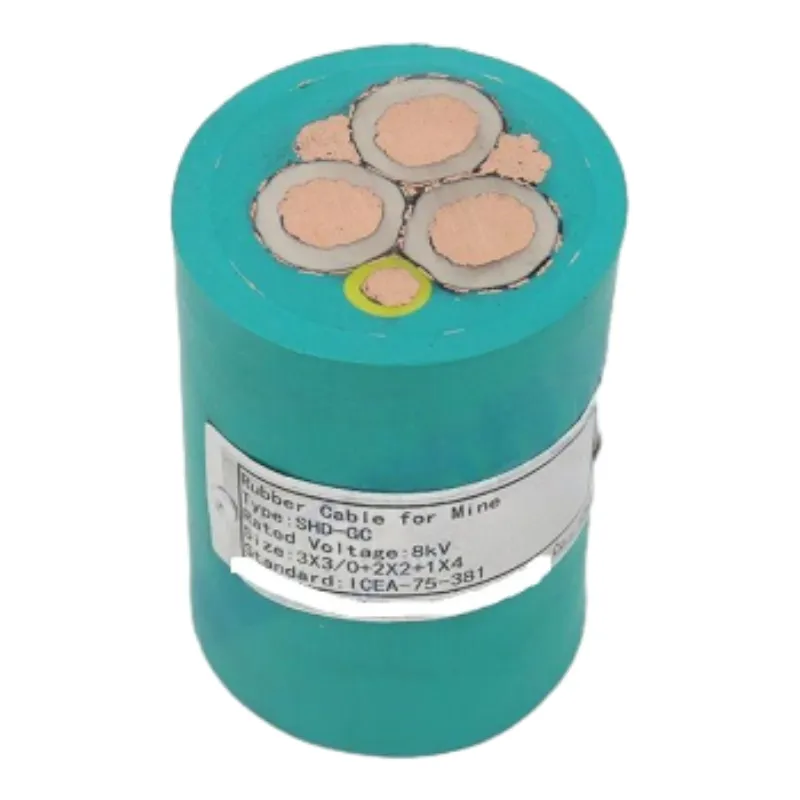Desemba . 29, 2024 03:15 Back to list
Understanding the Applications and Benefits of Rubber Joint Flanges in Plumbing Systems
Understanding Rubber Joint Flanges An Essential Component in Fluid Transport Systems
In industrial applications, the efficient transport of fluids is critical. One of the often-overlooked components in this field is the rubber joint flange. These specialized fittings play a vital role in connecting two pipe systems, ensuring that the transition is both secure and leak-proof. This article explores the functionality, advantages, and applications of rubber joint flanges.
What is a Rubber Joint Flange?
A rubber joint flange is a flexible connection point between two sections of piping that incorporates a rubber joint and flanges on either end. The rubber joint allows for a degree of flexibility and movement, which is particularly important in systems where vibration and thermal expansion are prevalent. These flanges are typically manufactured from high-quality rubber compounds that can withstand a variety of pressures and environmental conditions, making them suitable for many industrial applications.
The design of a rubber joint flange allows it to absorb shocks and vibrations, reducing the risk of damage to the piping system. Additionally, the materials used in these flanges are often resistant to corrosion, chemicals, and extreme temperatures, which further enhances their longevity and reliability.
Advantages of Rubber Joint Flanges
1. Flexibility One of the primary advantages of rubber joint flanges is their flexibility. This feature accommodates minor misalignments in piping and mitigates the impact of vibrations, which can lead to premature wear of rigid connections.
2. Ease of Installation Rubber joint flanges are relatively easy to install compared to traditional rigid joints. The lightweight nature of rubber, combined with its flexibility, allows for quicker and simpler installation, often reducing labor costs and downtime.
3. Leak Resistance The material properties of rubber provide excellent sealing capabilities. When properly installed, rubber joint flanges create a tight seal that is resistant to leaks. This is particularly crucial in fluid transport systems where even minor leaks can lead to significant losses and hazardous situations.
rubber joint flange

4. Durability Modern rubber compounds are designed to withstand harsh conditions, offering excellent resistance to abrasion, chemicals, and temperature fluctuations. This durability translates into a longer service life for the flanges, reducing the frequency of replacements.
Applications of Rubber Joint Flanges
Rubber joint flanges find applications across various industries, including
- Water Treatment Plants In these facilities, rubber joint flanges help in connecting various sections of pipe used for transporting water, effectively accommodating any movements caused by flow dynamics or temperature changes.
- HVAC Systems In heating, ventilation, and air conditioning systems, these flanges play a vital role in minimizing noise and vibration, contributing to a more efficient and quieter operation.
- Chemical Processing Rubber joint flanges are often employed in chemical plants where the transport of corrosive substances occurs. Their resistance to various chemicals ensures that the integrity of the piping system is maintained.
- Food and Beverage Industry In this sector, rubber joint flanges are used due to their hygienic properties and ability to withstand cleaning chemicals, ensuring that food transport remains safe and compliant with health regulations.
Conclusion
Rubber joint flanges are an integral part of modern fluid transport systems, providing flexibility, ease of installation, and resistance to leaks. Their advantages over traditional rigid connections make them a preferred choice in various industrial applications. As industries continue to evolve and demand more efficient solutions, the role of rubber joint flanges will undoubtedly expand, ensuring that we have reliable and effective methods for managing fluid flow in increasingly complex systems. Whether in water treatment, HVAC, chemical processing, or food and beverage production, these unassuming components are essential players in maintaining the efficacy and safety of our industrial operations.
Share
-
Reliable Wafer Type Butterfly Valves for Every IndustryNewsJul.25,2025
-
Reliable Flow Control Begins with the Right Ball Check ValveNewsJul.25,2025
-
Precision Flow Control Starts with Quality ValvesNewsJul.25,2025
-
Industrial Flow Control ReliabilityNewsJul.25,2025
-
Engineered for Efficiency Gate Valves That Power Industrial PerformanceNewsJul.25,2025
-
Empowering Infrastructure Through Quality ManufacturingNewsJul.25,2025